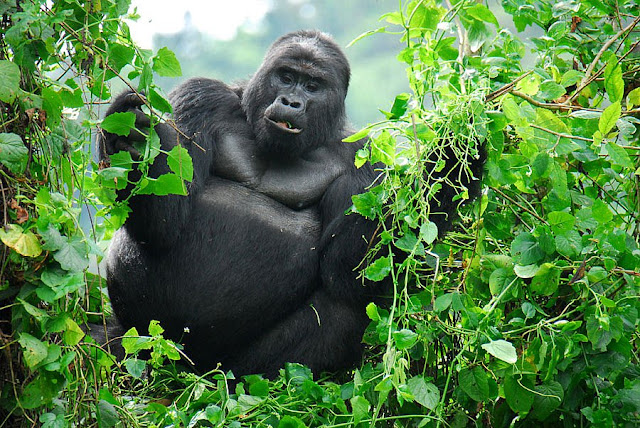Amazing and resilient Rwanda
With a tremendous recovery from the 1994 genocide based on forgiveness and reconciliation of past historical, religious, geographic or ethnic identity, Rwanda has won admiration of the entire world and is perhaps the safest country in the world today. Rwanda was the first country worldwide to ban plastic bags in 2008 and Kigali the capital presents a clean city without a spot of litter.
23 years down the reconciliation road after the horrific genocide, which killed about three quarters of the minority Tutsi tribe, this small East African nation is set for progress and development. There is the commendable commitment to conservation of her natural resources with mountain gorilla numbers bouncing back; gorilla tours count up the bulk of the country’s tourism revenue, which also counts upto 95% of the country’s total budget.
Early this year the Rwandan Development Board announced increase in the price of gorilla permits from $750 to $1500, which came as the biggest surprise, as the country has been every traveler’s first choice of the other two gorilla destinations in East Africa. Rwanda took a strong decision to maintain visitor numbers at a sustainable level and increase investment into communities living around the national parks in a quite admirable way.
90% of all visitors to the beautiful country come mainly for mountain gorilla watching and shortly leave for other destinations offering the better wildlife drama of the Serengeti, the Maasai Mara or the Seychelles. The true face of Rwanda is untouched and mostly left out by the majority of tourists but is very rewarding and very much worth going for.
Explore the Congo Nile trail biking
The Congo Nile trail is over 200km of meandering uphills and downhills road network going through varying vegetation types and smaller villages beginning from the northern side of Lake Kivu (Gisenyi) to southern end in Cyangugu. The trail offers access to not only Rwanda’s scenic beauty, but also to the real rural culture that makes up most of Rwanda giving participants a chance to interact with rural people and learn things they would otherwise miss out (people harvesting beans, children chewing sugarcane, children and women carrying huge water jerry cans from the springs); there is no better way to get familiar with the real Rwanda.
How to plan
- You can explore the trail by biking or hiking and walking – isn’t very strenuous for an active person
- Visit the Rwanda Development Board offices in Gisenyi for all information on the Congo Nile Trail. Don’t forget to get a porter, a guide and a map of the trail
- Exploring the Congo Nile Trail can last up to 10 days if walking, and 4 days if hiking and less if driving.
- The route is well planned with specific guest houses, camping facilities and places to eat recommended along the trail.
Hiking in Rwanda
With the hike of Rwanda gorilla permit prices in mind, Volcanoes National Park is still one of the most adventurous places to visit in Rwanda with numerous hiking opportunities. As part of the Virunga volcano region, Volcanoes National Park hosts 4 of the 8 volcanoes spread across a distance of about 60 km – the rest are found in Congo (Nyiragongo Volcano & Nyamuragira) and Uganda (Mount Sabyino) – of which and two are active – Mount Nyamuragira and Mount Nyiragongo. Visitors can hike Mount Karisimbi (4,507 m), Mount Bisoke (3,711 m), Mount Muabura (4,127 m) and Mount Gahinga (3,474 m), and Lake Ngezi (3,000 m).
Karisimbi Volcano (4,507 m) is a 2 day hike to the snow peak with camping overnight at the top of the volcano.
Visoke Volcano (3,711 m) is a one-day hike with a beautiful large crater lake at the top of the volcano.
Ngezi Lake Trail is situated at the foothill of the Virunga Volcanoes with a shallow crater, lake, beautiful views and birds.
keep sending emails on rwandalovely@gmail.com


Comments
Post a Comment